Friday night I got to view some wonderfully meditative work by friend and former colleague Patricia Mink, Professor Emerita from ETSU’s Department of Art and Design. Her work can be seen at the Tipton Gallery this month.
Pat’s textile work is cutting edge in how she enhances old practice with new processes. She takes fibers and threads, fabric scraps, and tests with homegrown dyes, then layers in both hand and free-form machine stitching. She works up many of her ideas using the aid of advanced programs, huge color printers and looms. Her work has the sense of being both familiar, but also strikingly rich. Creativity can be defined as how anyone takes what is already given and then makes from the elements something brand new. This to me is the most exciting and dignifying work we can do! We start from where we are.
Pat’s givens, her own practice, roots deeply out from the rich Appalachian homespun craftwork that has emerged from these hills for generations. People here don’t bother knowing what “fine art” is, they just do what’s needed with their hands in extraordinary ways. Extraordinary ways.
This huge quilt is made from Pat’s long-term collection of samples, tests, studies and observations from old barns and country textures. It is a masterwork, a piece of extraordinary beauty as simply an aesthetic accomplishment. But this piece also is a powerful emblem to me of so much more. I stood and stared at it, looking closely and then standing back, taking comfort, and noting to myself that just by looking I was doing exactly that: taking comfort in the quilt.
Originally, I don’t come from these Southern highlands, yet it is a wonderful privilege to live among folks who respect their land and what it gives, who respect their families and where they came from, and the traditions from which they feel it is never necessary to apologize. There’s a freeing humility here. And when the givens get broken, the bits that remain, which came simply enough, can be pieced back together in ways more lovely than when they first were made.
We all are presently immersed here in the Southern Appalachians with sadness. The muck from over swelling rivers has settled, the huge masses of broken timbers are slowly being carted, helicopters are flying regularly up into the hills, mule teams and pick up trucks also, bridges are being crafted by volunteers, but the lives shattered will take more time. Here is just one drone view from 10 minutes where I live.
Please pray for the broken hearts. Mending has started for many. I heard this morning about a young woman who gave birth alone during the hurricane, and was on her last bottle for her baby. A woman, who somehow knew to bring baby things showed up just in time, and now momma and baby are safely in care with others.
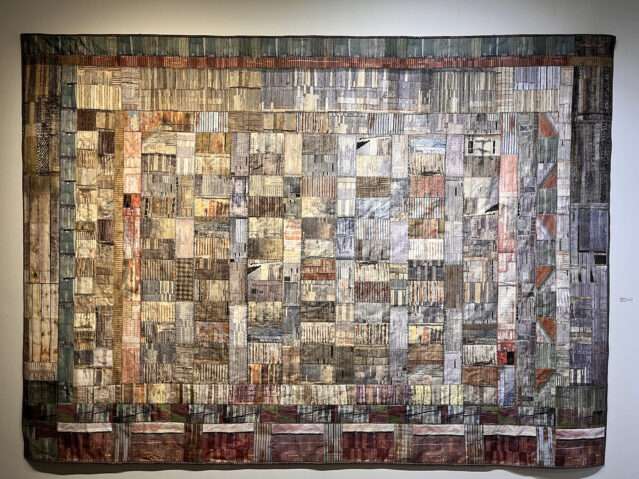
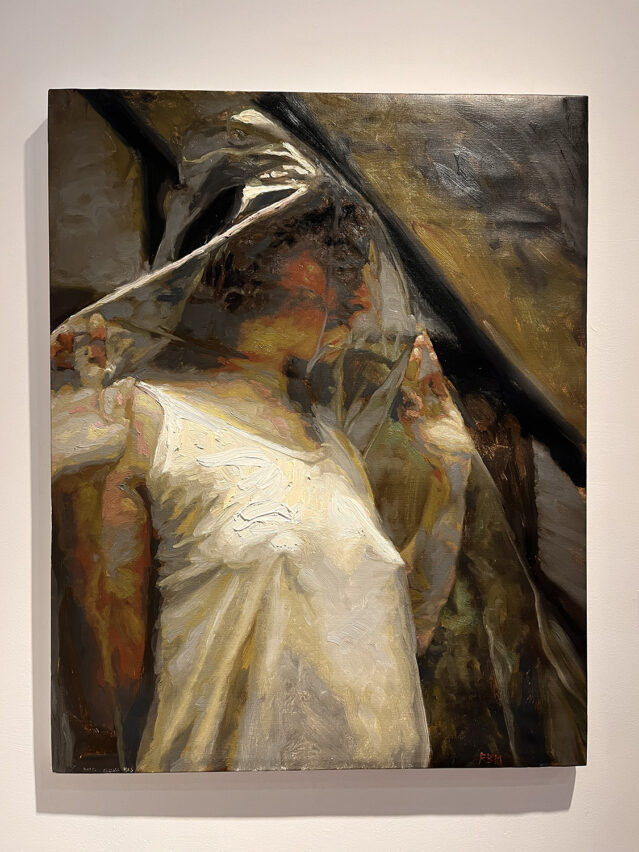

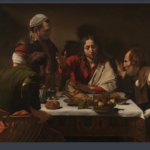
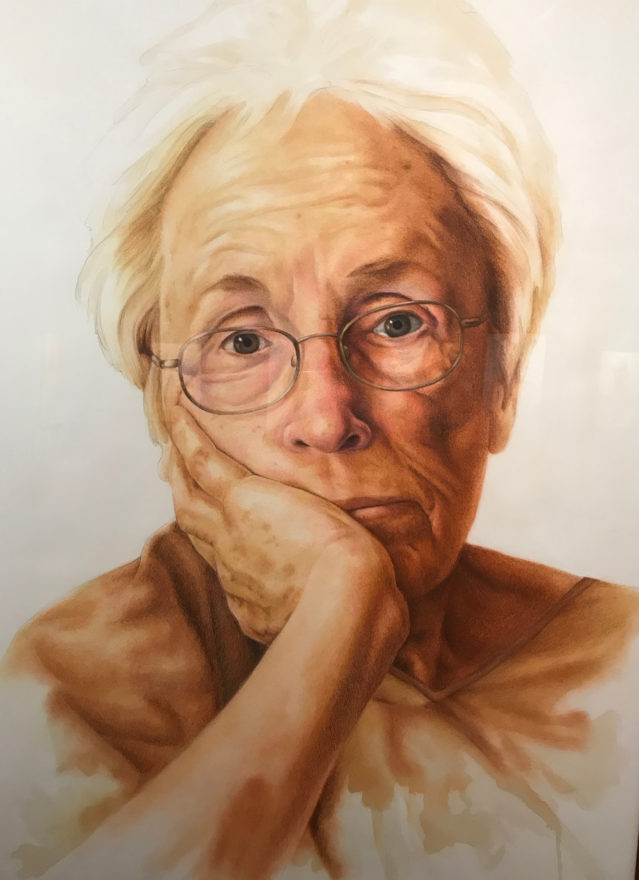
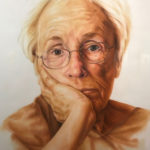
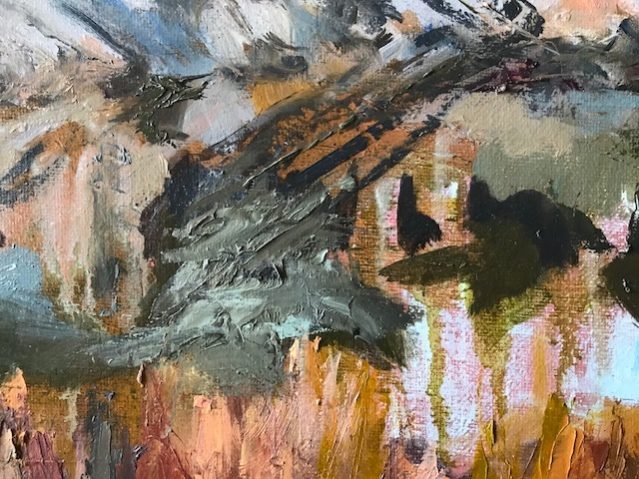

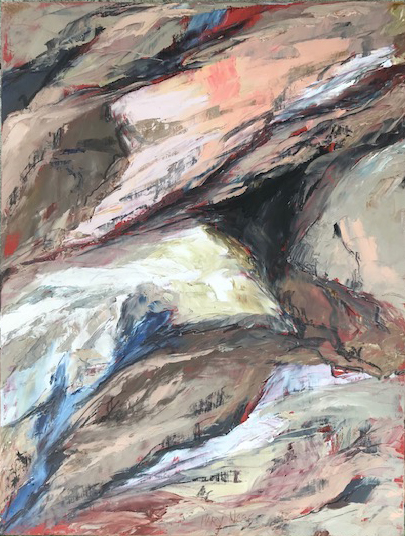
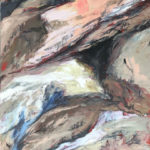
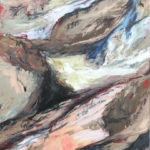
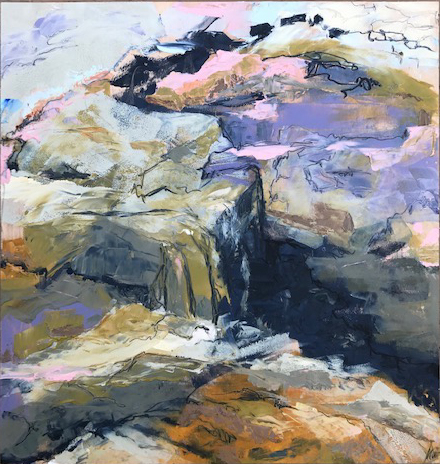
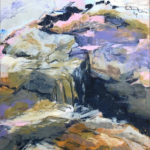
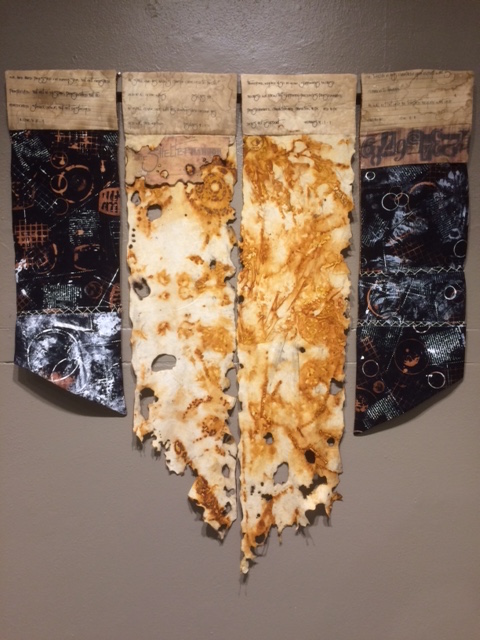
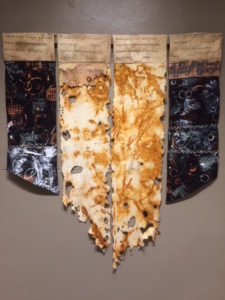
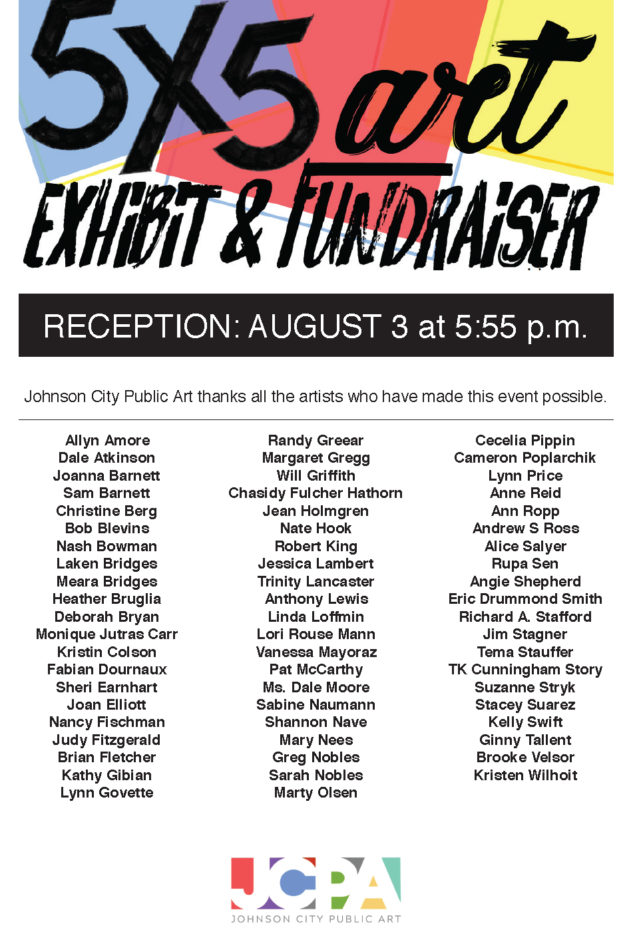
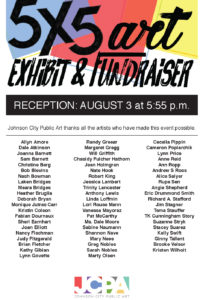 If you are local, this Friday night the Johnson City Public Art committee (JCPA) is holding a “pop up gallery” at ETSU’s Tipton Gallery space downtown on Spring Street.
If you are local, this Friday night the Johnson City Public Art committee (JCPA) is holding a “pop up gallery” at ETSU’s Tipton Gallery space downtown on Spring Street.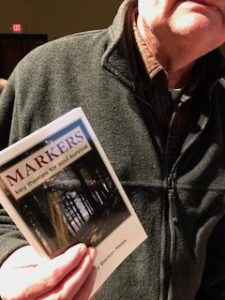
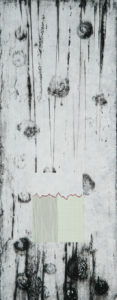 I showed them some pieces like this one, “Time and Mercy” where the chaos is falling down all around the inner life. But there on the inside is the mark of a heartbeat, and the recording of time. There’s a history that is undeniable, part of the fabric that cannot be changed. There’s a span ahead yet unknown. But in this present moment I can breathe and pause. This is the potential moment where beauty is born. For right now I can lift my head because the evidence of love is still shining through for those who are eager for it.
I showed them some pieces like this one, “Time and Mercy” where the chaos is falling down all around the inner life. But there on the inside is the mark of a heartbeat, and the recording of time. There’s a history that is undeniable, part of the fabric that cannot be changed. There’s a span ahead yet unknown. But in this present moment I can breathe and pause. This is the potential moment where beauty is born. For right now I can lift my head because the evidence of love is still shining through for those who are eager for it.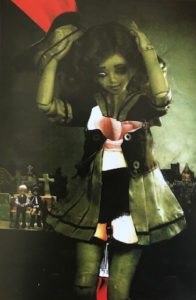 But then, I noticed a diminutive collage, chosen as a favorite by the museum staff, “Art to Stop Traffic: What Mercy Requires of Us”. The piece is only 5”x 3.5”. This submission is a poignant contrast, rendered from found images, paper, pen and pencil. The value and color contrast is immediately obvious, but peering closer one sees the uncomfortable juxtaposition of plastic expressions, skin color, garish lighting, things hidden and things exposed.
But then, I noticed a diminutive collage, chosen as a favorite by the museum staff, “Art to Stop Traffic: What Mercy Requires of Us”. The piece is only 5”x 3.5”. This submission is a poignant contrast, rendered from found images, paper, pen and pencil. The value and color contrast is immediately obvious, but peering closer one sees the uncomfortable juxtaposition of plastic expressions, skin color, garish lighting, things hidden and things exposed.